Opportunities and Challenges of Canadian Biogas & RNG Market
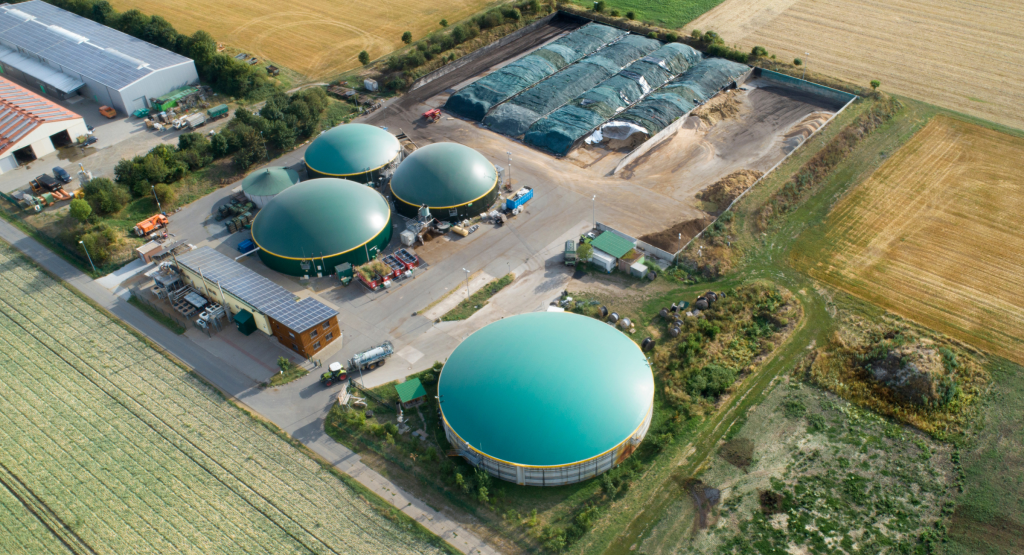
By Ryan Hart, BiogasWorld
Although there are just 32 operational RNG sites, Canadian biogas production is slated for rapid growth in the coming years, with approximately 90 projects in construction or development. Two-thirds of this development is located in Eastern Canada, in Quebec (36) and Ontario (31).
To share their insights on working within this market, BiogasWorld invited Raphael Duquette with Qarbonex, David Baton with Bauer Compressors, and Sergey Baranov with DMT Clear Gas Solutions to discuss some of the challenges and opportunities present within this market.
To start, Raphael Duquette highlighted some of the opportunities within the province of Quebec, the most active province for the development of RNG. Although there is currently only one agricultural facility in operation within the province, there are 17 in various stages of development and substantial feedstock is still available. The province has a dedicated subsidy program for the development of RNG projects, and early indicators predict the program could be enhanced. Finally, the main gas distributors within the province, Energir and Gazifere, have set ambitious targets for 10% RNG by 2030.
Although tremendous potential exists within the province, it is not without its challenges according to Raphael Duquette. For example, government targets for GHG emission reductions are not well adapted for agricultural projects, and Canadian geography is a limiting factor for a number of projects located far from pipelines. Social acceptability due to a lack of knowledge and understanding for RNG, similar to most developing markets, is also a considerable challenge.
David Baton with Bauer Compressors shared some insights on navigating the CAPEX and OPEX challenges of equipment in Canada. Equipment must be capable of operating effectively and safely at a wide temperature range and conform to the differing regulations between provinces. Therefore, potentially higher equipment CAPEX must be considered to prevent unplanned maintenance. In addition, the complete lifetime OPEX of equipment must be considered, and the efficiency, heat recovery, and availability of spare parts must all be weighed.
Sergey Baranov with DMT Clear Gas Solutions seconded these insights, noting that potential projects further Nort, or in the prairies, must consider potential operating temperatures as low as -40°C. Sergey recommended suppliers be fully present, and integrate into the market, to effectively work with local suppliers and establish local supply chains.
You can view the full discussion here, and to stay up to date on our next country focus month, be sure to follow BiogasWorld on LinkedIn, subscribe to our newsletter, and join us on the BiogasCommunity!
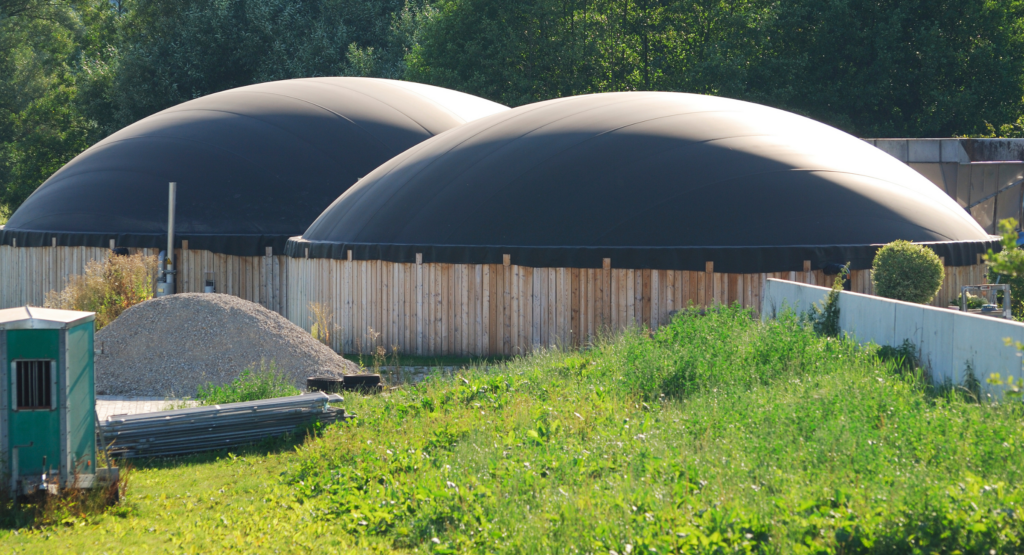
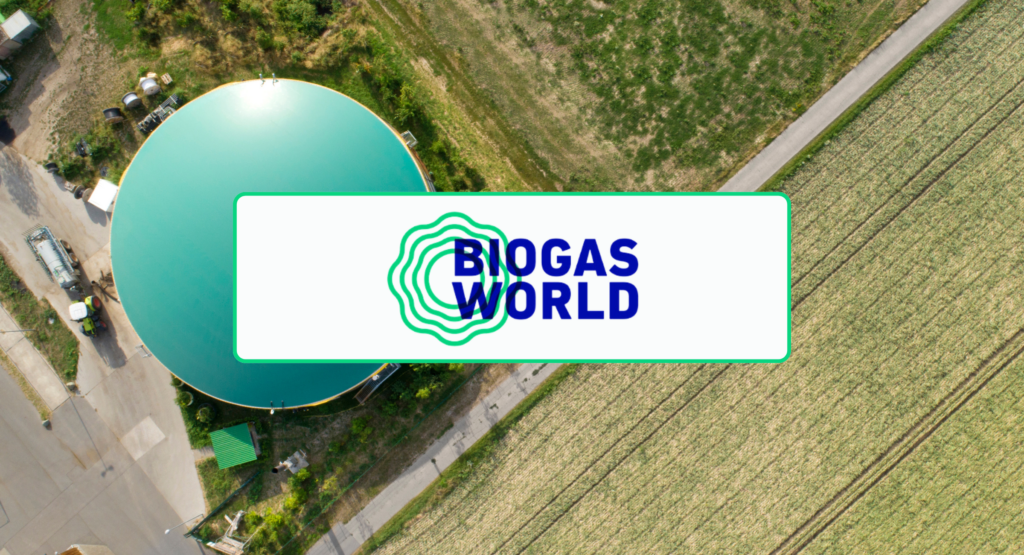

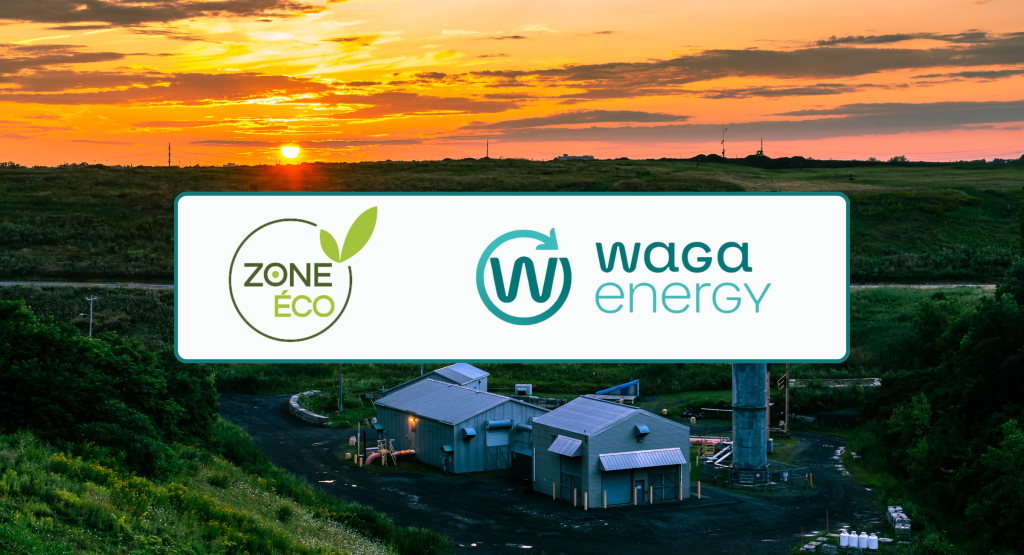
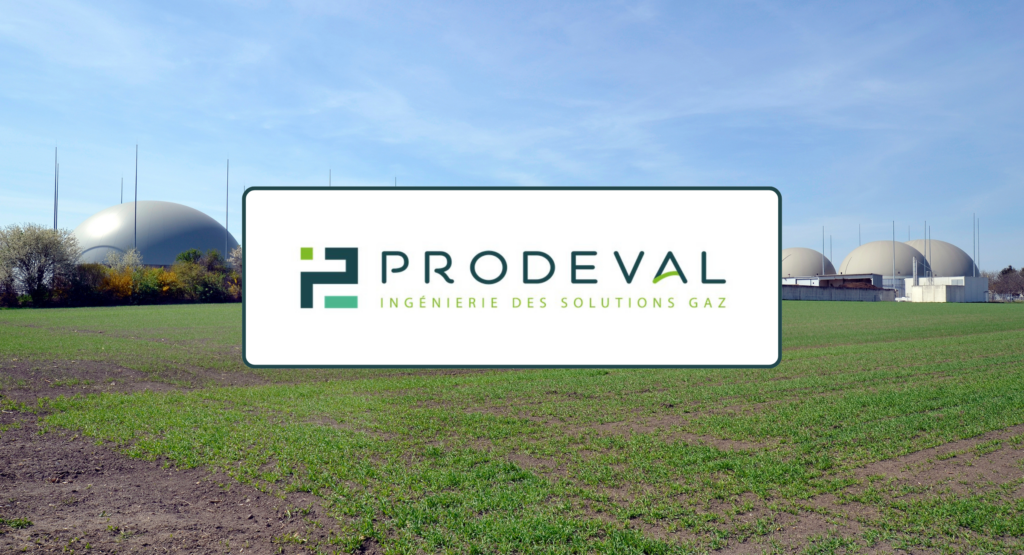
Comments